The Japanese tragedy is 5 years old: what the consequences of the country's worst disaster look like today
Categories: Asia | Catastrophes
By Pictolic https://pictolic.com/article/the-japanese-tragedy-is-5-years-old-what-the-consequences-of-the-country39s-worst-disaster-look-like-today.htmlMarch 11, 2011 at 2:46 pm in Japan, the strongest earthquake in the history of the country (magnitude of about 9 points) and the third most destructive in the world thundered. After 50 minutes, a tsunami wave more than 3 meters high hit the coast of Honshu Island, which almost completely flooded several cities. As a result of the disaster, the external power supply and backup diesel generators of the Fukushima-1 nuclear power plant were disabled, resulting in a leak of radioactive substances. Due to a man-made disaster, the government evacuated people within a radius of 20 kilometers from the nuclear power plant.
One of the worst natural disasters in history claimed the lives of almost 16,000 people, about 2,500 went missing, and Japan suffered about $309 billion in damage.
Five years later, photographer Julian Simmonds visited the abandoned ghost town of Futaba, which was in the disaster zone. The elements destroyed 90% of the houses, and the population was evacuated due to the accident at the Fukushima-1 nuclear power plant.
(Total 14 photos)
Source: telegraph.co.uk

The city of Futaba is located a few kilometers from the Fukushima-1 nuclear power plant.
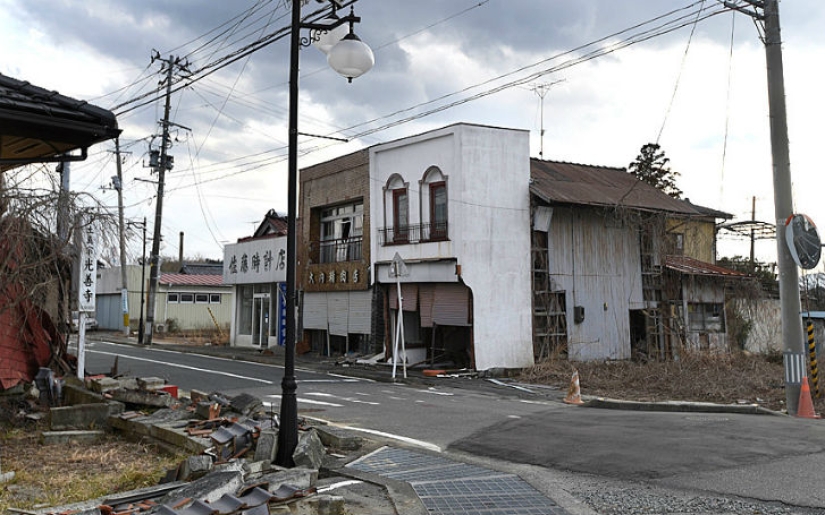
An earthquake cut off electricity at the nuclear power plant, and an hour later, a tsunami that struck destroyed the emergency generators.
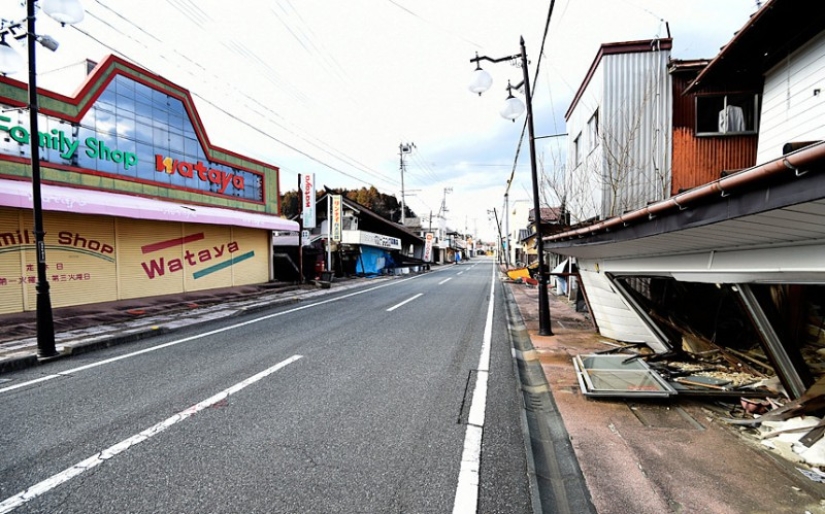
The central street of Futaba city.
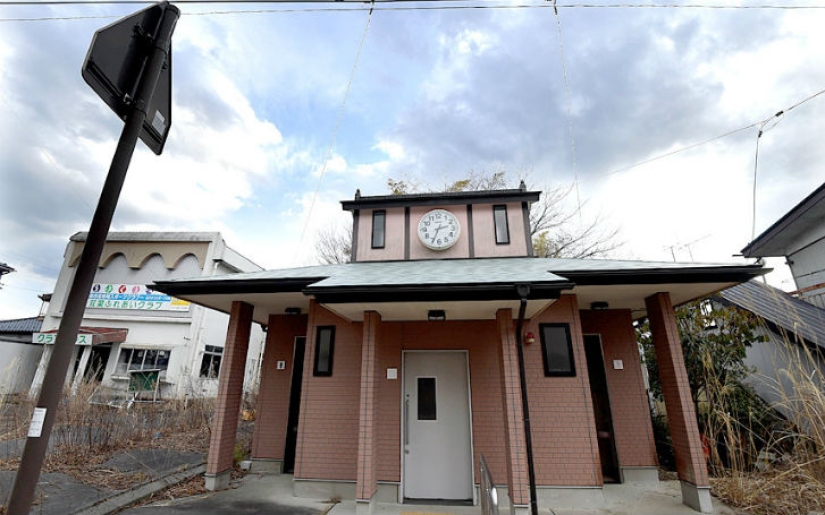

One of the shops in the city. All the goods are in place, you can only see how everything is gradually covered with mold.
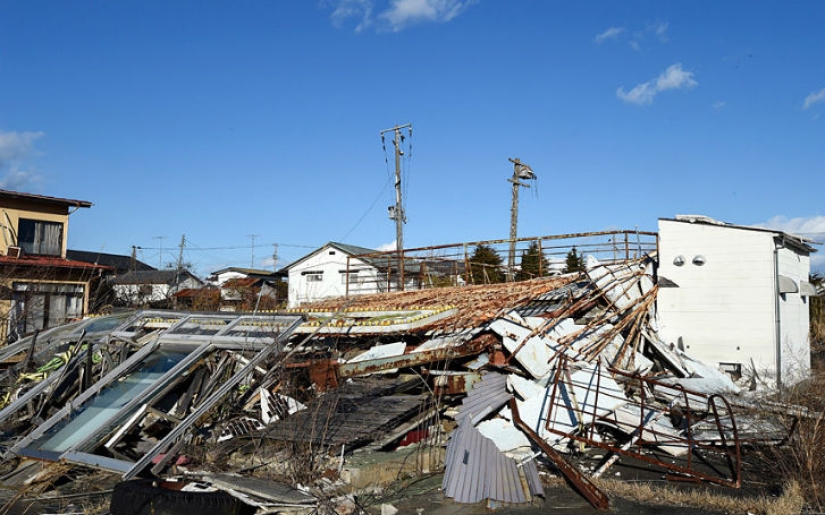
Buildings destroyed by the earthquake.

Local supermarket.
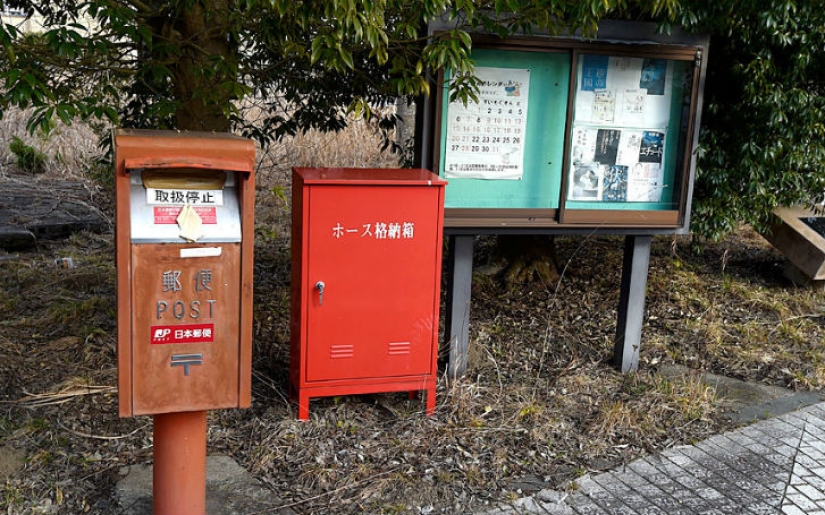
But some parts of the city remained untouched by the disaster. The people just left it.
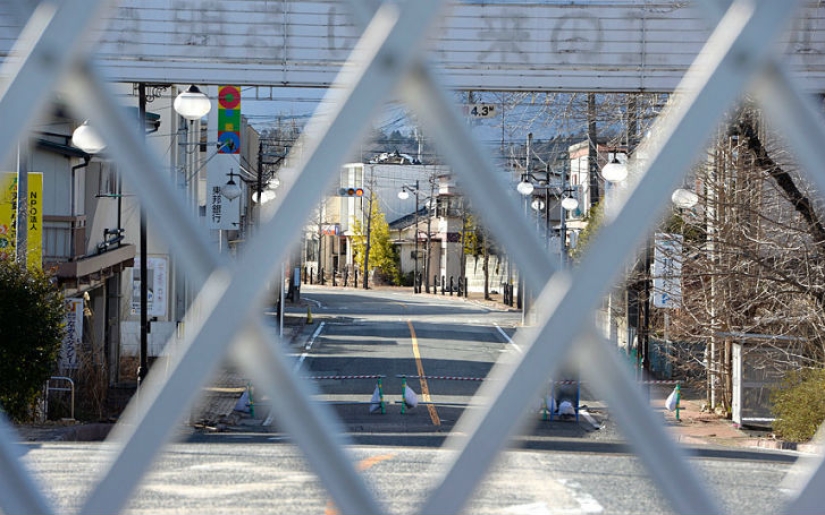
Five years later, the area at a distance of 20 kilometers from the nuclear power plant remains a dead zone.
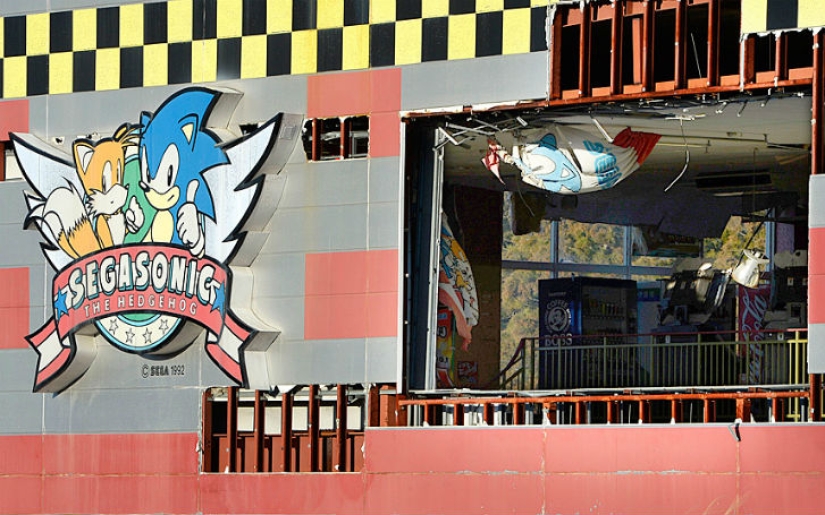
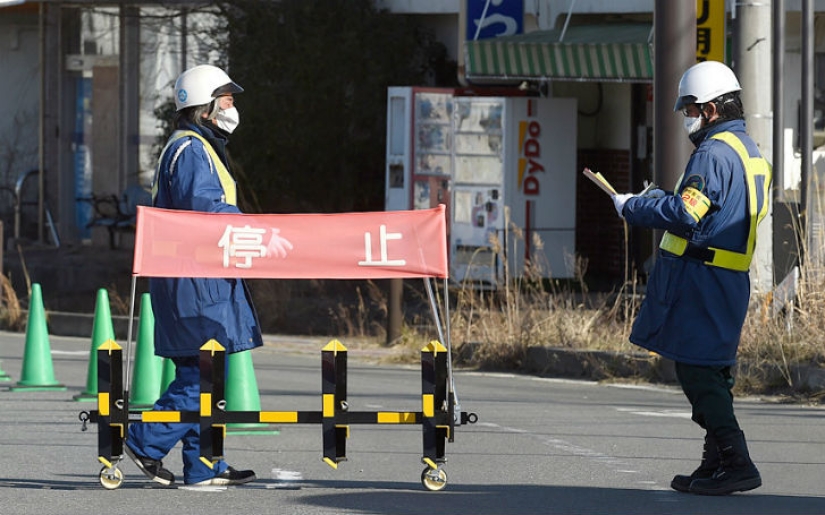
The turns leading to the city center are blocked and mostly guarded. You can get there only with a special pass.
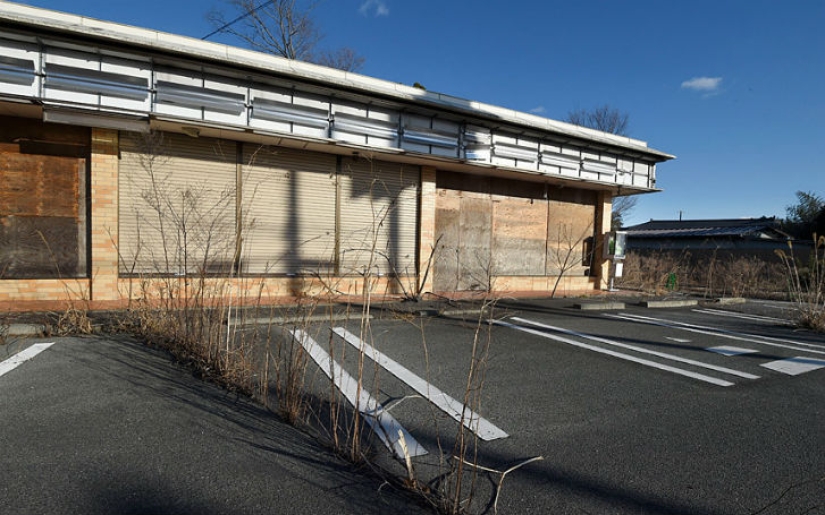
Only vegetation sprouted through the asphalt and rusted cars suggests that the tsunami destroyed the city five years ago, not yesterday.
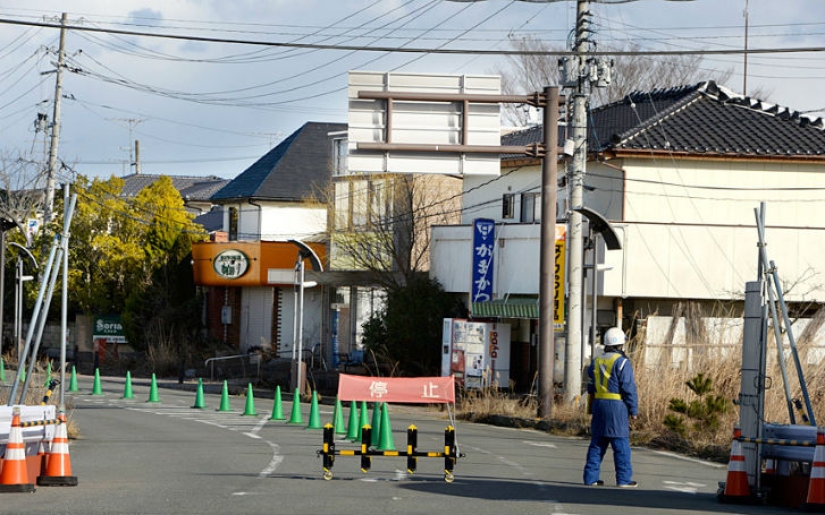
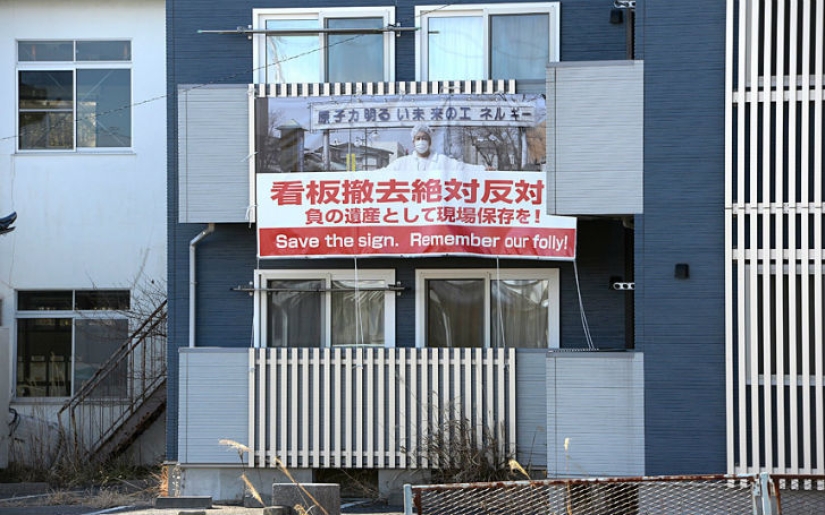
The city of Futaba, the nearest settlement to the nuclear power plant, is likely to be turned into a place where radioactive waste will be dumped. People can no longer live there - this area will remain a dead zone forever.
Keywords: Nuclear power plant | Earthquake | Cataclysms | Natural disaster | Tragedy | Fukushima | Tsunami | Japan
Post News ArticleRecent articles

The blue whale, or bluewalker, is the largest animal currently living on earth. Some individuals reach a length of 33 meters and ...

In modern cinema, there is nowhere without special effects. We present you fantastic examples of superimposing special effects from ...
Related articles

None of us is immune from life-threatening emergencies. We will tell you about four terrible cases when people took advantage of a ...

Every year, the negative human impact on the climate is becoming more and more obvious. The catastrophic melting of glaciers, ...

If the post-apocalyptic paintings are fictitious events, the disaster movies are often removed based on real events. This, despite ...

Even mathematical geniuses are not strangers to simple human joys. They also want to dress beautifully, drive expensive cars and ...